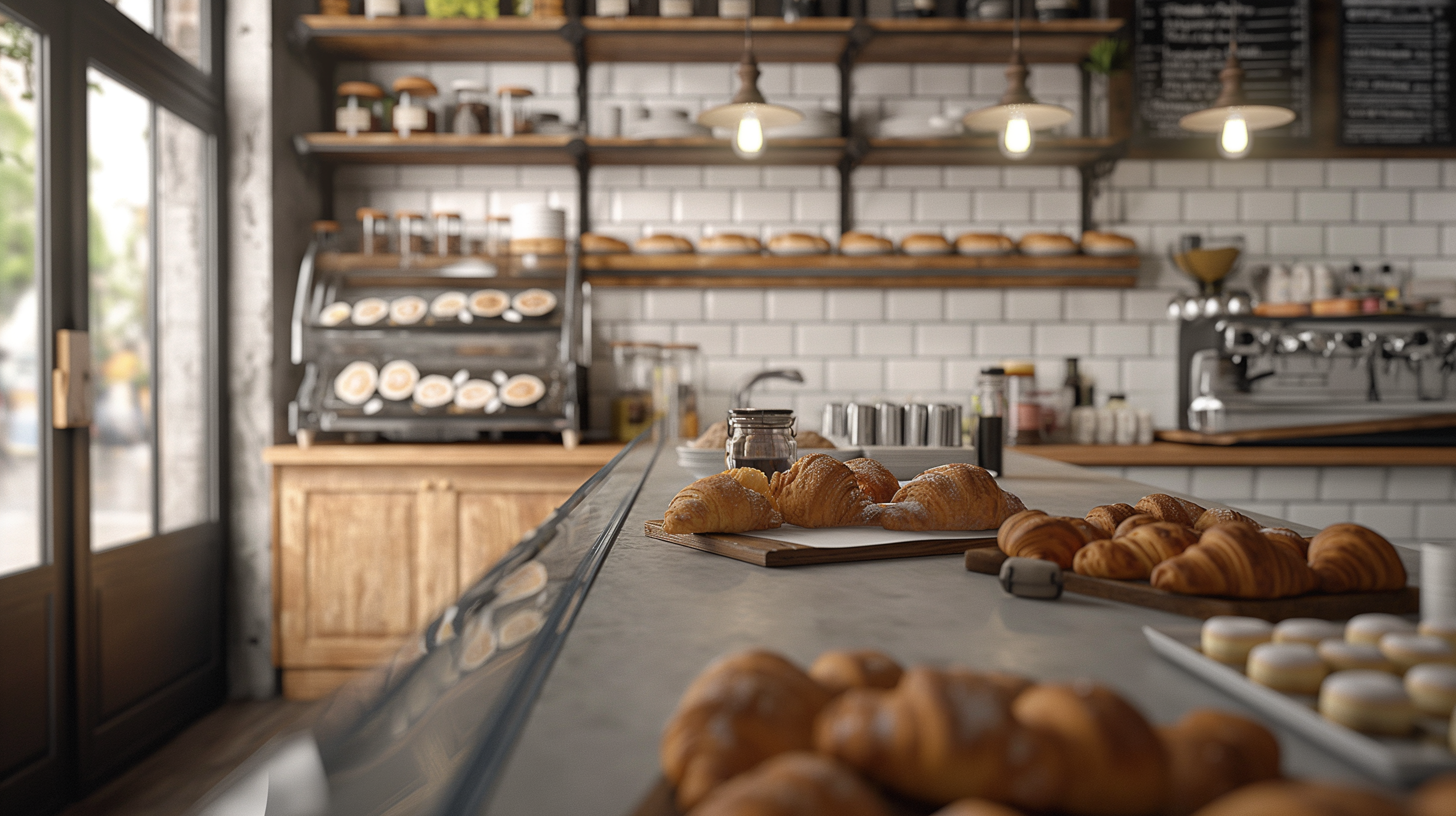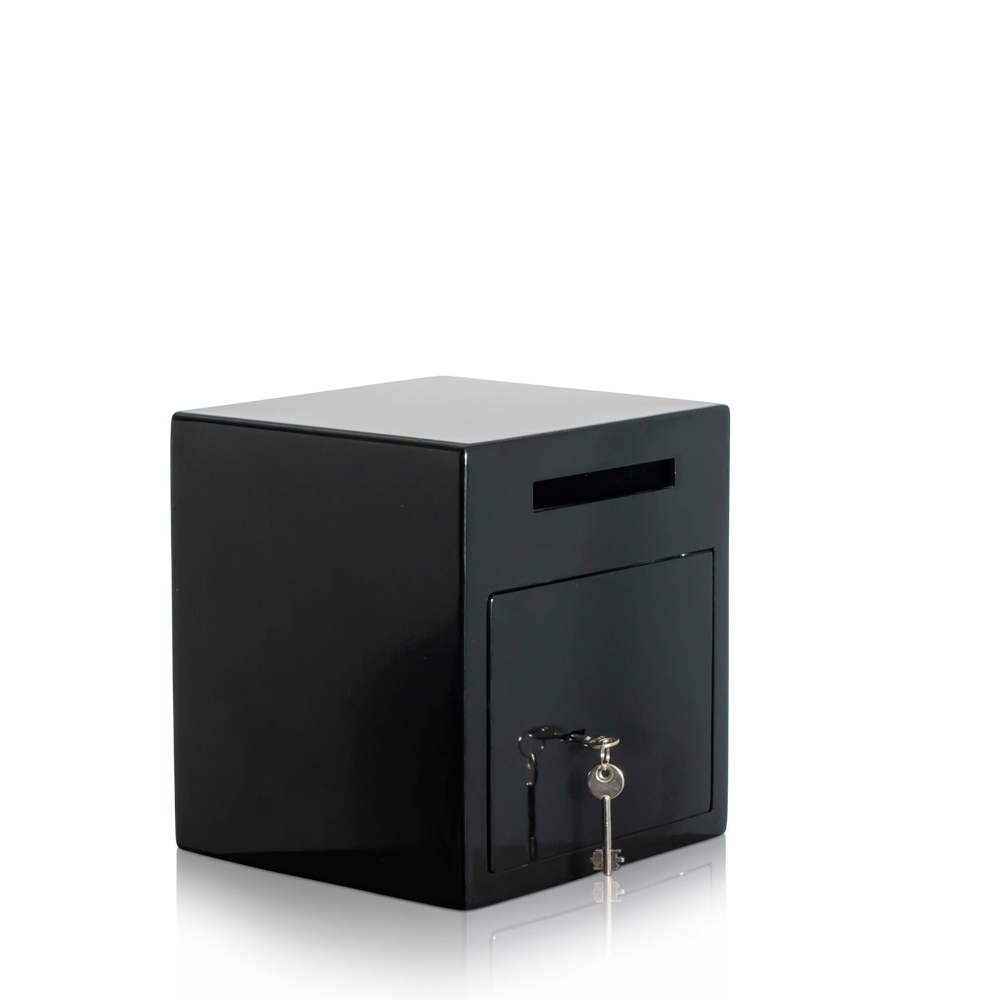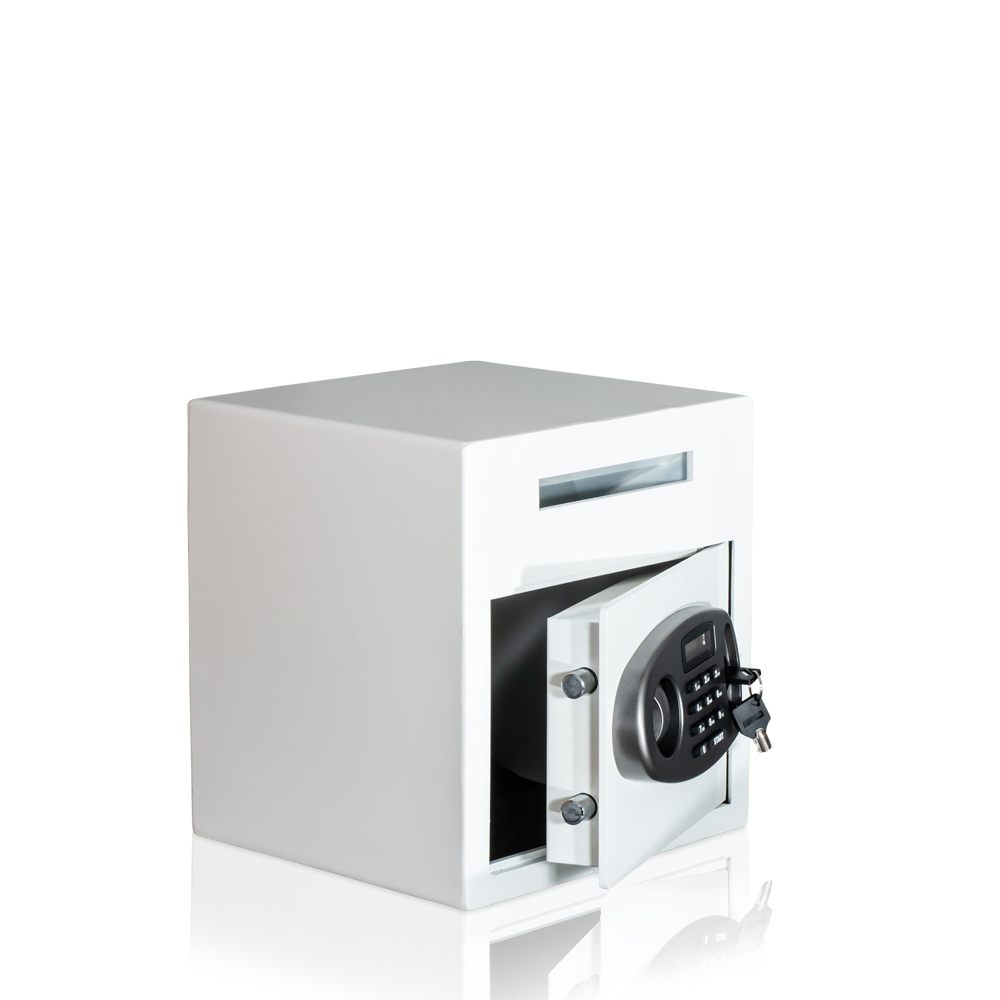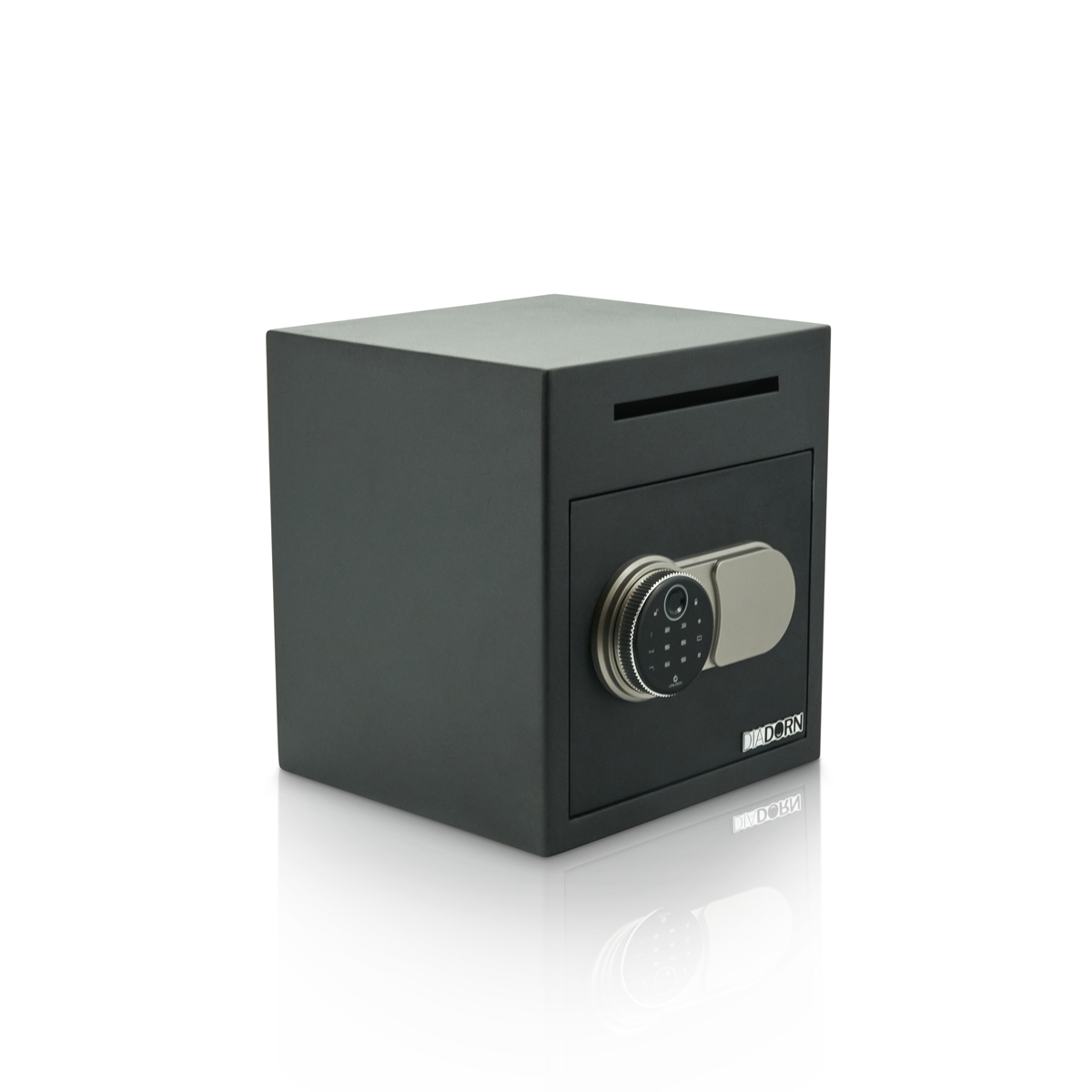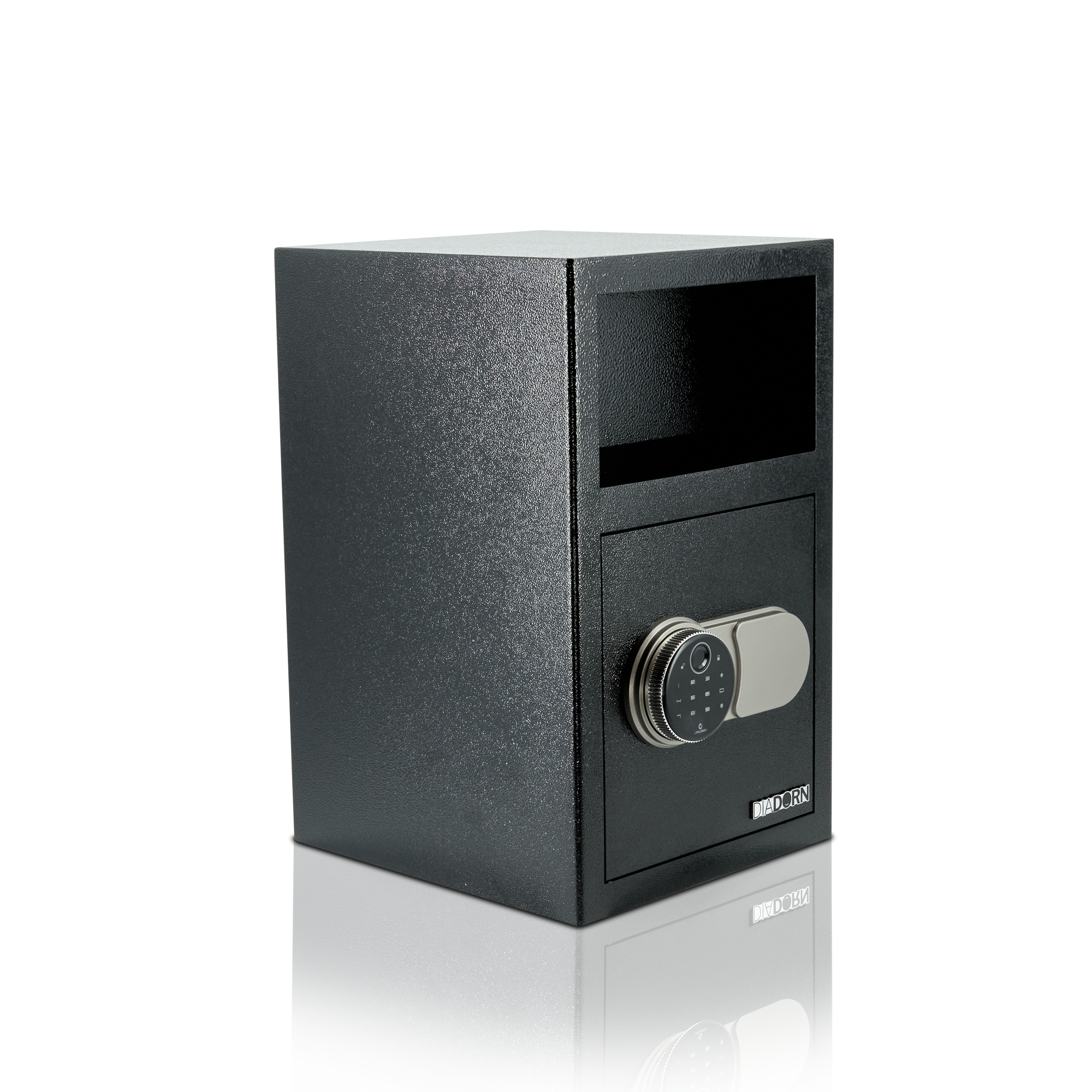Why a deposit safe prevents burglaries – practical examples
Deposit safes reduce burglary risk not through “thicker steel,” but through smart processes: cash disappears immediately into the safe after payment – discreetly, without key access for the team. This reduces temptation, lowers the potential value for criminals, and shortens the time windows in which money is accessible.
Less cash in circulation = less risk
- Immediate deposits: Envelopes/receipts go straight into the safe – no storage in tills.
- Anti-fishing system: Prevents removal of deposited envelopes.
- Separated responsibilities: Deposit (staff) and withdrawal (authorized person) are clearly divided.
Practical examples from hospitality & retail
- Bars/Pubs: At shift change, takings go via deposit slot into the safe under the counter – visibly less cash in the till.
- Fast-food restaurants: Hourly cash drops in envelopes; withdrawal only in the back office by management.
- Retail: Interim drops during peak hours – no “full cash drawer” visible.
Organization beats raw metal
The best technology is ineffective without processes. Combine a deposit safe with clear routines (deposit intervals), dual-control withdrawals, optional time delay on locks, and anchoring in a secure location.
Product recommendation to start with
Proven for counters & tills: Deposit Safe 10101 – compact, 3 mm body / 5 mm door, anti-fishing, prepared for anchoring. Also available in versions with 3, 4 or 5 keys.
Checklist: implement today
- Define deposit points (counter, cash office).
- Set fixed deposit intervals (e.g. hourly, at shift end).
- Introduce dual-control withdrawals in the back office.
- Organize lock & codes (change PIN when staff changes).
- Check anchoring & location (short path, not visible).
Frequently Asked Questions (FAQ)
Do deposit safes really prevent burglaries?
They significantly reduce risk, as less cash is openly available and potential gains decrease. Combined with processes (deposit intervals, dual control), protection increases further.
How important is the lock choice?
Electronic PIN locks allow code changes, time delay, or dual control. Mechanical key locks are robust and cost-effective – what matters is clear access rules.
What is more important: Class A or B?
Both matter: organization (processes, dual control) and technology (A/B rating). For higher cash sums or exposed locations, we recommend Class B – confirm insurability with your insurer.
How quickly can I implement such a system?
Technically very quickly – more important is internal alignment: define deposit intervals, set responsibilities, organize lock/code management, and anchor the safe securely.

